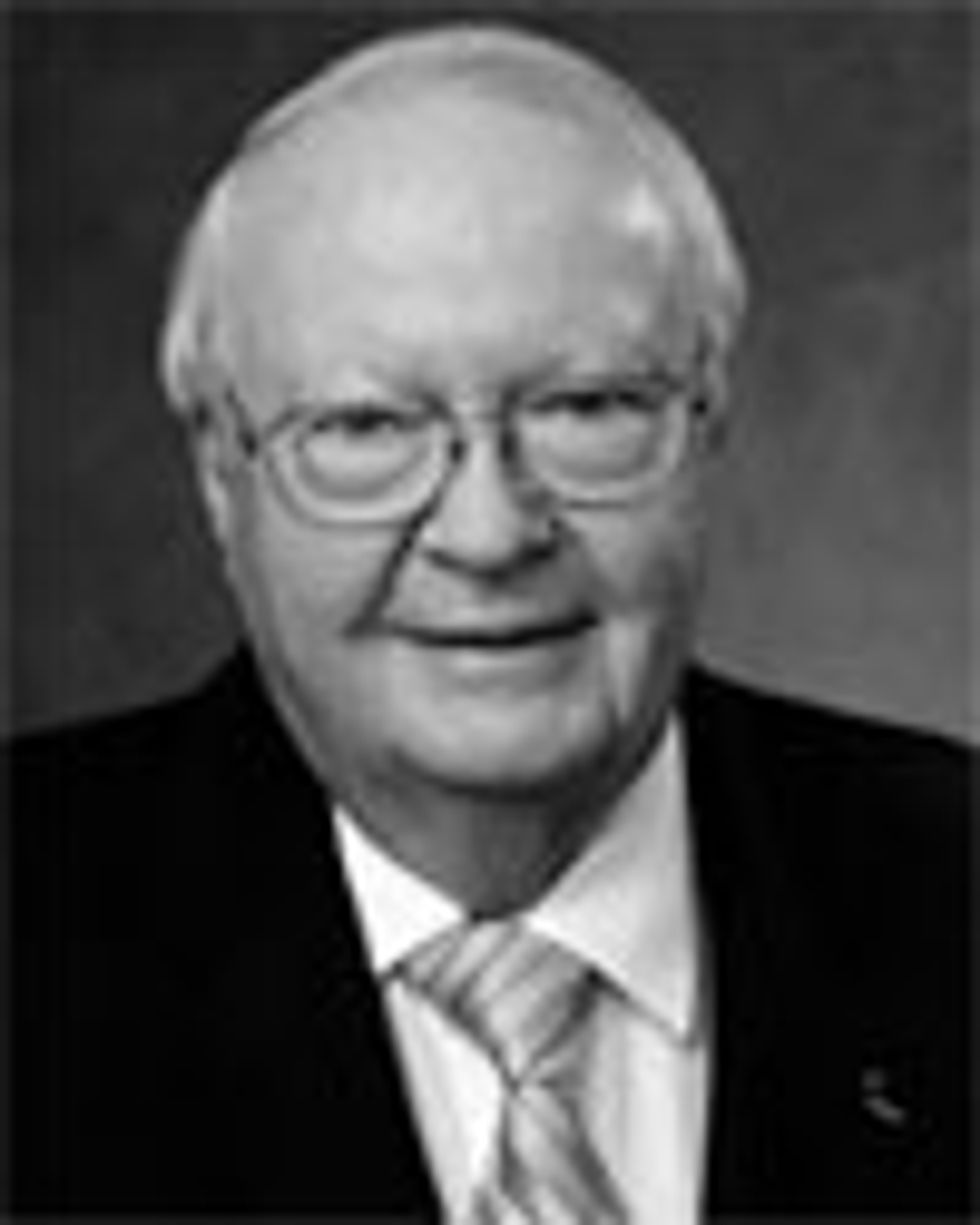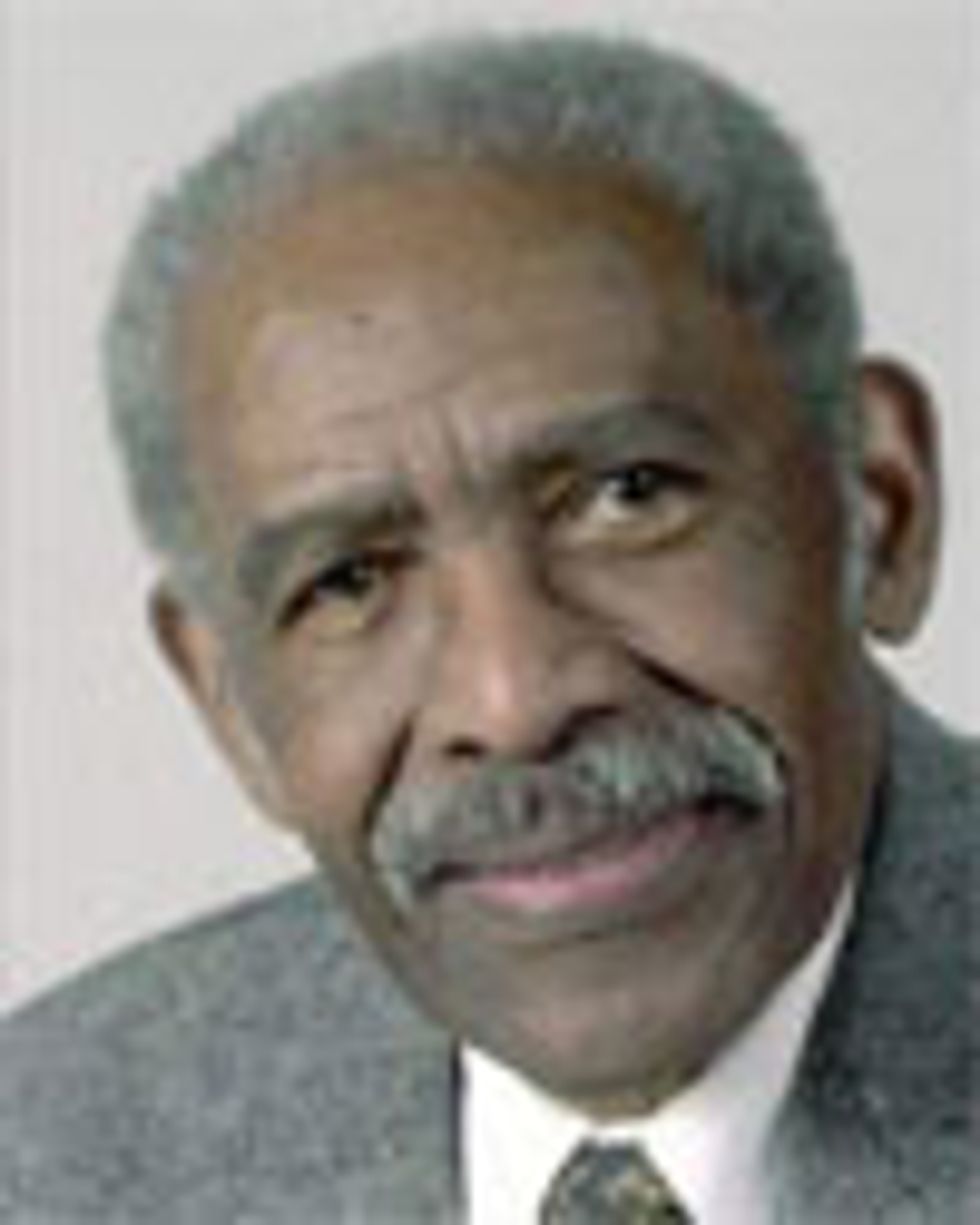
Television innovator
Honorary member, 87; died 7 August
Flaherty served at the U.S. Army Signal Corps Photographic Center in 1953 and 1954, working as a technical director and design engineer of the Army’s first television facility. He then joined the National Broadcasting Co., in New York City, in 1955, as an engineer.
Two years later, he joined the Columbia Broadcasting System, also in New York, as a television design engineer. He was promoted in 1959 to director of technical facilities planning, then promoted again in 1967 to general manager, and was subsequently appointed vice president and general manager of the CBS engineering and development department, a position he held for 23 years. He later was named senior vice president of technology.
He was known for his initiative to break away from the traditional film-based news gathering at CBS and move to the use of portable video recorders. The practice of electronic news gathering spread to the rest of the industry. In 1981 he began helping to develop high-definition television.
Flaherty was appointed chairman of the planning committee for the Federal Communications Commission advisory committee on advanced TV service. While in that position, he oversaw development of the current digital broadcast standard, ATSC 1.0.
He received a bachelor’s degree in physics in 1952 from Rockhurst University, in Kansas City, Mo.
Hatsuaki Fukui
Electrical engineer
Life Fellow, 90; died 6 December
Fukui joined Tokyo Tsushin Kogyo, now known as Sony, in 1955 and was a pioneer in the development of consumer electronic products. He authored more than 40 papers and a book, Low-Noise Microwave Transistors and Amplifiers.
He joined Bell Labs in 1962 and designed technology such as microwave transistor amplifiers. From 1966 to 1971 he led the research and development efforts of electro-optical devices and subsystems used for a videophone. He became the technical liaison in 1981 to accommodate long-wavelength lasers for undersea light wave communications systems. He retired from the company in 1989.
Fukui received the IEEE Microwave Theory and Techniques Society’s 1980 Microwave Prize and 1990 Microwave Pioneer Award.
He graduated from Miyakojima Technical School in Osaka, Japan, and received a doctoral degree in engineering from Osaka University.

Electrical engineer
Life senior member, 92; died 20 January
Douglas volunteered for the U.S. Air Force in 1943 and was a member of the last class of the Tuskegee Airmen.
He became the first African-American electrical engineer to work for the Rural Electrification Administration. He worked there from 1948 to 1956.
As a professor at Southern University and Agricultural & Mechanical College, in Baton Rouge, La., he helped establish its electrical engineering department. He remained in that position until 1964.
He left the university to work for American Machine and Foundry, a recreational-equipment company in Brooklyn, N.Y.
In 1966 he began working as an associate professor of electrical engineering at Penn State University. He was the first such African-American educator at the university. He later served as associate dean there, and he remained at the university until he retired in 1987.
Douglas served as IEEE Region 2 director in 1985 and 1986.
He earned a bachelor’s degree in EE from Purdue University, in West Lafayette, Ind., and a master’s degree in EE from the University of Missouri, in Columbia.
